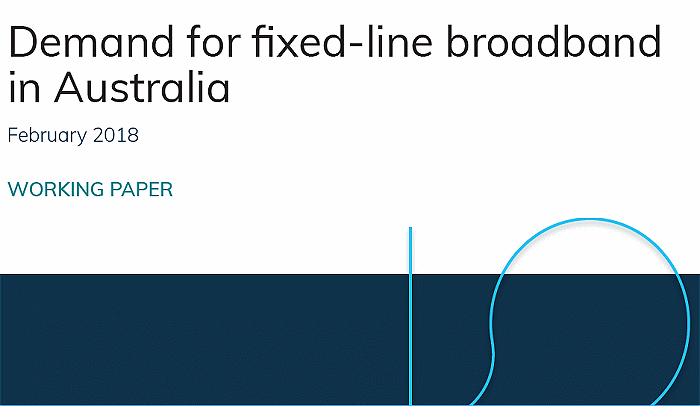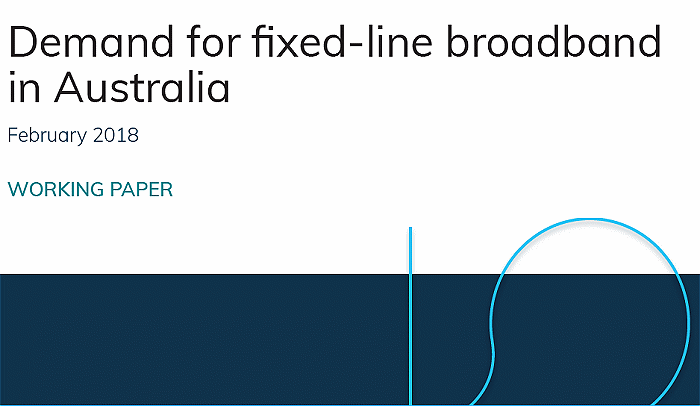A government report gauging future fixed-line broadband speed requirements that concludes Australians will be well served by the current National Broadband Network rollout has been criticised by the Greens.

Released earlier this week, the Bureau of Communications and Arts Research (BCAR) working paper, "Demand For Fixed-Line Broadband In Australia", takes a crack at gauging future trends in bandwidth demand.
The paper states peak bandwidth demand for the highest usage households is forecast to increase from between 11–20 megabits per second (Mbps) in 2016 to between 20–49 Mbps in 2026, and says those requiring speeds above this level will be very much in the minority.
"98 per cent of households are estimated to demand less than this amount of bandwidth in 2026—that is, only 2 per cent of households are expected to demand more than 49 Mbps in bandwidth."
Australian Greens' NBN spokesperson Senator Jordon Steele-John was scathing of this forecast and the NBN generally, which he called a "mixed technology mongrel".
"What this report suggests, almost comically, is that the requirements of Australian internet users will plateau at or near current speeds over the next decade, with an average peak requirement of 49mb/s conveniently peaking just under the 50mb/s promise of this government," he said.
Senator Steele-John stated the speeds noted in the report were already below international standards and that the paper didn't acknowledge the "extremely cost-prohibitive nature" of NBN speed packages.
Looking overseas, a 2014 study from Eindhoven University of Technology (TUE) estimated much higher speeds would need to be achieved for European users - and far sooner.
"In 2020, sufficient subscription speeds for the average user are forecast to be approximately 165 Mbit/s (downstream) and 20 Mbit/s (upstream)," it says.
Other BCAR Australian Internet Usage Forecasts
In terms of data consumption, the BCAR paper forecasts average household demand is to increase from 95 gigabytes (GB) a month in 2016 to 420 GB in 2026.
Other predictions from the report:
- 60 per cent of all screen content will be viewed through online platforms by 2026, up from 35% in 2016.
- The average household is forecast to have 50 devices connected to the internet by 2026 as a result of accelerated adoption of IoT (Internet of Things) devices such as smart lighting.
- 48 per cent of households will use VR (Virtual Reality) de vices in 2026, up from 2 per cent in 2016.
The full Demand For Fixed-Line Broadband In Australia working paper can be viewed here (PDF).



